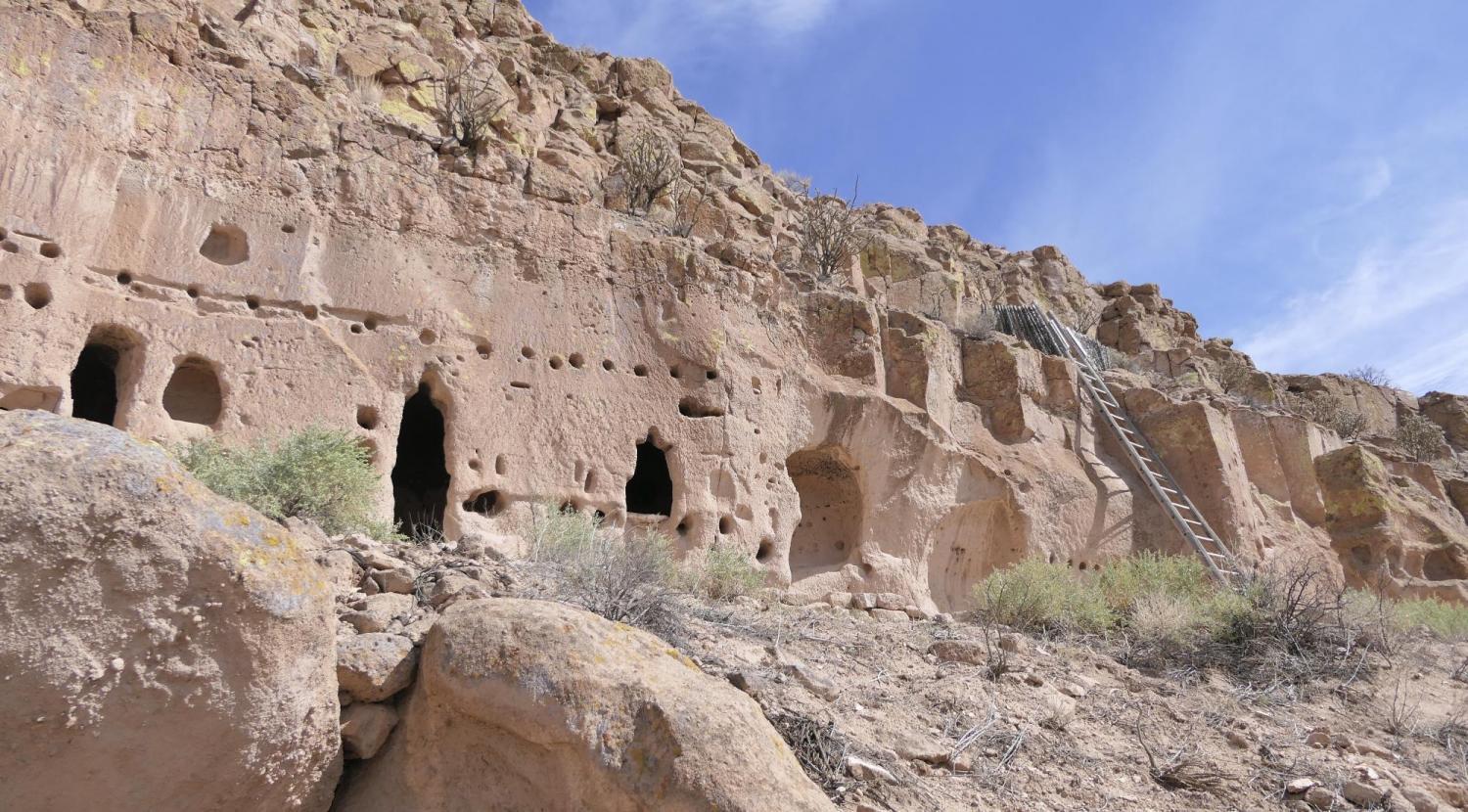Scott Ortman's Science Advances Article Featured in CU Today

By Daniel Strain • Published: June 19, 2020
Ancestral Pueblo peoples lived in the Puye Cliff Dwellings near modern-day Los Alamos, New Mexico, from about 900 to 1580 AD. (Credit: CC photo via Wikimedia Commons)
Today’s modern cities, from Denver to Dubai, could learn a thing or two from the ancestral Pueblo communities that once stretched across the southwestern United States. For starters, the more people live together, the better the living standards.
That finding comes from a study published today in the journal Science Advances and led by Scott Ortman, an archaeologist at the University of Colorado Boulder. He’s one of a growing number of antiquarians who argue that the world’s past may hold the key to its future. What lessons can people living today take from the successes and failures of civilizations hundreds or thousands of years ago?
Recently, Ortman and Jose Lobo from Arizona State University took a deep dive into data from the farming towns that dotted the Rio Grande Valley between the 14th and 16th centuries. Modern metropolises should take note: As the Pueblo villages grew bigger and denser, their per capita production of food and other goods seemed to go up, too.
Busy streets, in other words, may lead to better-off citizens.
“We see an increasing return to scale,” said Ortman, an assistant professor in the Department of Anthropology who is also affiliated with the Santa Fe Institute in New Mexico. “The more people work together, the more they produce per person.”
Top: CU Boulder graduate students (from left to right) Lindsay Johansson, Sarah Cullen and Kaitlyn Davis sift through fragments of pottery at the site of an ancestral Pueblo village in New Mexico; bottom: ancestral Pueblo potter fragments. (Credits: Scott Ortman)
Whether the same thing is true today remains an open question, especially amid the unprecedented impacts of the COVID-19 pandemic on cities and human proximity. But the results from the sunny Southwest suggest that it’s an idea worth exploring.
“The archaeological record can help us to learn about issues we care about today in ways that we can’t do using the data available to us from modern societies,” Ortman said.

